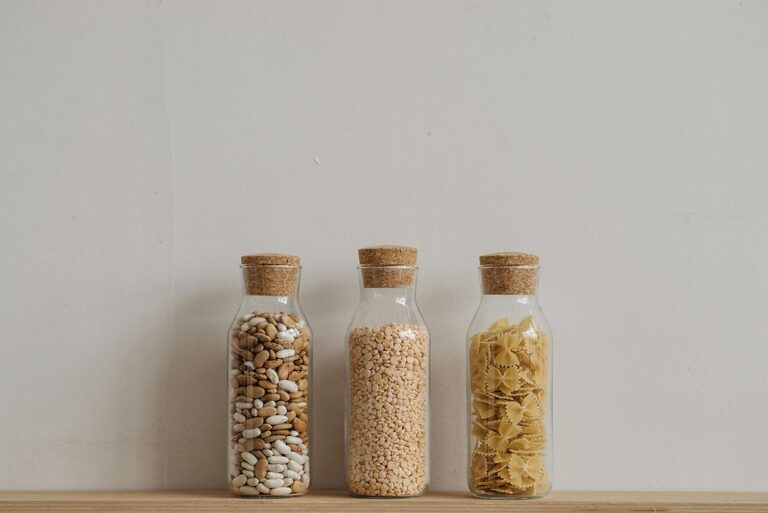Keeping your fridge and pantry tidy not only helps you find ingredients quickly but also extends the freshness of your food and reduces waste. A well-organized kitchen storage area streamlines meal preparation and creates a more pleasant cooking environment. Whether you’re starting fresh or looking to improve your current setup, these practical tips will help you maintain a clean, clutter-free fridge and pantry.
Why Keep Your Fridge and Pantry Organized?
An organized fridge and pantry mean less stress when you cook. It also saves money since you can easily spot what you have, avoid buying duplicates, and prevent food from expiring unnoticed. Additionally, good organization helps maintain proper hygiene by minimizing spillages and cross-contamination.
Start with a Thorough Cleaning
Before organizing, it’s best to clean both spaces completely.
– Remove all items from shelves, drawers, and containers.
– Check expiration dates and get rid of anything spoiled, stale, or expired.
– Clean shelves and drawers with warm soapy water or a gentle kitchen cleaner.
– Dry all surfaces completely before putting items back to prevent mold or mildew.
This reset lets you assess what you have and start organizing from scratch.
Organizing Your Fridge
1. Use Clear Containers and Bins
Group similar items together using clear, stackable containers or bins. This helps keep smaller items like cheese slices, deli meats, or yogurt tidy and easy to access.
2. Designate Zones
Assign specific areas in your fridge for different food types:
– Top shelves: Ready-to-eat foods like leftovers, drinks, and dairy.
– Middle shelves: Eggs and packaged foods.
– Bottom shelves: Raw meats and fish (use a tray or bin to catch any drips).
– Drawers: Vegetables and fruits, separated if possible.
3. Keep Frequently Used Items Visible
Place everyday essentials such as milk or condiments where you can quickly grab them without rummaging.
4. Label and Date Items
Label leftovers or opened products with the date and content to keep track and avoid forgotten food.
5. Avoid Overpacking
Don’t overcrowd your fridge; air needs to circulate to keep food fresh.
Organizing Your Pantry
1. Categorize Your Items
Sort your pantry into groups, such as:
– Baking supplies
– Grains and pasta
– Canned goods
– Snacks
– Spices and herbs
Place each category together for easy retrieval.
2. Use Clear Jars and Containers
Transfer items like flour, sugar, rice, and cereals into clear airtight containers. This not only keeps food fresh but also gives a cohesive look to your pantry.
3. Label Everything
Label containers and shelves clearly so you and family members know where to find and return items.
4. Rotate Stock
Place newer purchases at the back and older items at the front to use food before it expires.
5. Use Vertical Space Smartly
Add shelves or stackable racks to maximize vertical space. Hooks or magnets on the pantry door can hold small items like spice jars.
Maintain Regularly
Spending a few minutes each week to tidy and check your fridge and pantry prevents clutter build-up. Quickly wiping spills, throwing out expired items, and reorganizing as needed keeps your kitchen running smoothly.
Additional Tips
– Use a lazy Susan (rotating tray) for items like sauces and condiments.
– Keep a small whiteboard or list on your fridge door for meal plans or a grocery checklist.
– Store root vegetables (onions, potatoes) in a cool, dark place outside the fridge to save space.
Conclusion
Keeping your fridge and pantry tidy is a simple habit that pays off. With a little planning, clear storage solutions, and regular maintenance, you’ll enjoy a more efficient kitchen. Your meals will be easier to prepare, and you’ll reduce food waste—all contributing to a happier home.
Try these steps today, and watch how a neat fridge and pantry change your cooking experience!

